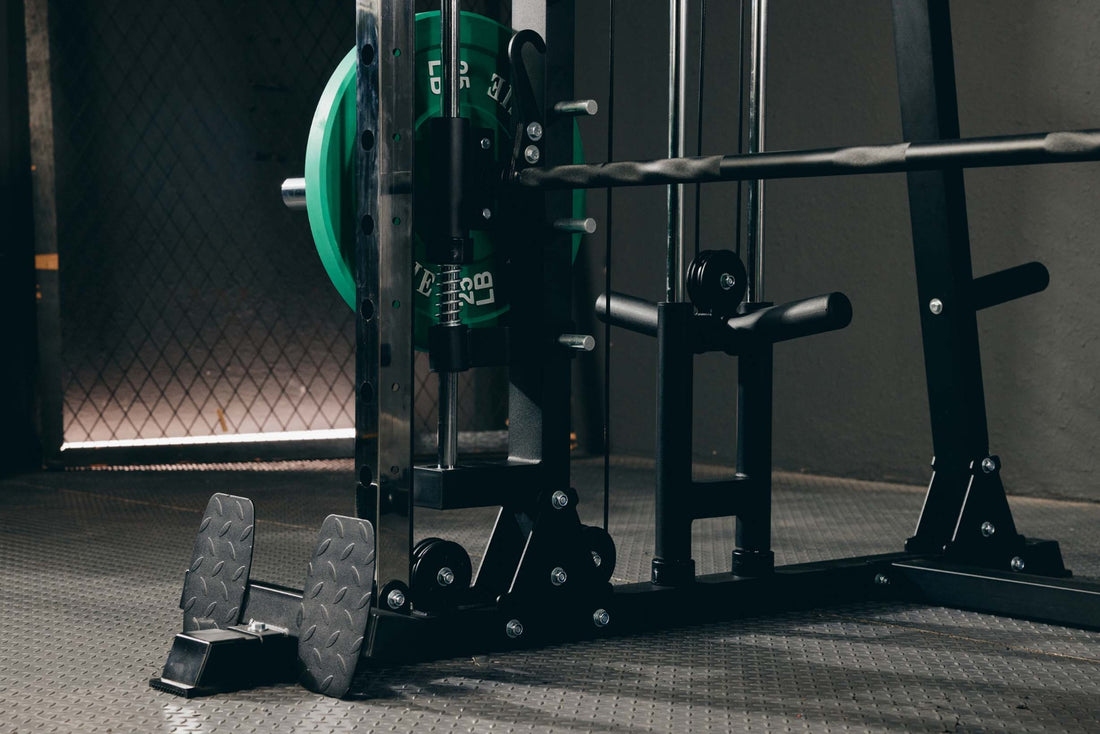
When it comes to sculpting a truly impressive back, fitness enthusiasts and professionals often find themselves deliberating between two powerhouse exercises: the chest supported row and the bent over row. Both exercises offer unique benefits, yet they also come with distinct challenges and execution techniques. This article will break down the chest supported row vs bent over row to help you determine which exercise deserves a spot in your routine.
The Chest Supported Row
The chest supported row is a back exercise performed using a bench that supports your chest, allowing you to focus solely on the muscles of the upper back without the extra strain on your lower back. This exercise is particularly advantageous for individuals who struggle with lower back issues or those who want to isolate their upper back muscles.
Benefits of Chest Supported Rows:
- Isolation: With your chest stabilized, you can specifically target the upper back muscles including the rhomboids, traps, and rear delts.
- Safety: By supporting the chest, the lumbar spine experiences reduced stress, making it a safer option for those with lower back concerns.
- Form: The bench helps maintain proper form throughout the movement, reducing the risk of injury due to poor posture.
To perform a chest supported row, position yourself face down on an inclined bench, holding a dumbbell in each hand. Let your arms hang straight down and then lift the dumbbells towards your torso, squeezing the shoulder blades together before lowering the weights back to the starting position.
The Bent Over Row
The bent over row is a compound exercise that requires you to bend at the hips and knees, maintaining a flat back while lifting weights towards your midsection. This movement demands full-body coordination and engages multiple muscle groups, including the lower back, core, and even the hamstrings, in addition to the upper back muscles.
Benefits of Bent Over Rows:
- Full-Body Engagement: The bent over row works not only the upper back but also recruits the lower back, glutes, and hamstrings, promoting overall strength and muscle growth.
- Core Strength: Maintaining the bent over position challenges and strengthens the core, contributing to improved stability and posture.
- Functional Strength: This exercise mimics everyday movements, enhancing functional strength that translates to better performance in other physical activities.
To perform a bent over row, stand with feet hip-width apart, hold a barbell or dumbbells with an overhand grip, and bend at the hips so that your torso is nearly parallel to the floor. Pull the weights towards your lower ribs, keeping elbows close to your body, then lower the weights back to the starting position.
Comparing Chest Supported Row vs Bent Over Row
Now that you understand the fundamentals of these exercises, let’s dive deeper into how they compare.
Muscle Activation
The chest supported row predominantly targets the upper back muscles, providing isolation that helps in honing muscle definition and balance in the upper back region. Conversely, the bent over row provides a more comprehensive workout, engaging the lower back, glutes, and hamstrings along with the upper back, making it an excellent choice for overall muscle development.
Safety and Injury Prevention
Chest supported rows are generally safer for individuals with existing lower back problems as the bench provides support, thus minimizing strain. Bent over rows, while effective, require proper form and a strong core to avoid potential injury, especially to the lower back.
Strength and Performance
For those looking to build functional strength and overall lifting capacity, bent over rows are often more beneficial. They mimic real-life movements and build compound strength. However, if your objective is to isolate and hypertrophy the upper back muscles, chest supported rows should be your go-to.

Integrating Both Exercises into Your Routine
Rather than choosing one exercise over the other, you might find the best results come from incorporating both into your workout regimen. By alternating between chest supported rows and bent over rows, you can harness the benefits of both isolation and compound lifting, leading to a well-rounded back training program.
For instance, you could dedicate one workout day to isolation movements, focusing on chest supported rows and other exercises that target specific areas of your back. On a different day, you could perform compound lifts, emphasizing bent over rows and other multi-joint exercises that develop overall muscular strength and endurance.
The choice between chest supported row vs bent over row ultimately boils down to your specific fitness goals, current physical condition, and personal preference. By understanding the unique benefits and execution techniques of each, you can make an informed decision that best serves your journey towards a stronger, more resilient back.
Why settle for one exercise when you can leverage the strengths of both? Start incorporating the chest supported row and bent over row into your workouts today, and experience firsthand the transformative impacts on your back and overall fitness.




















